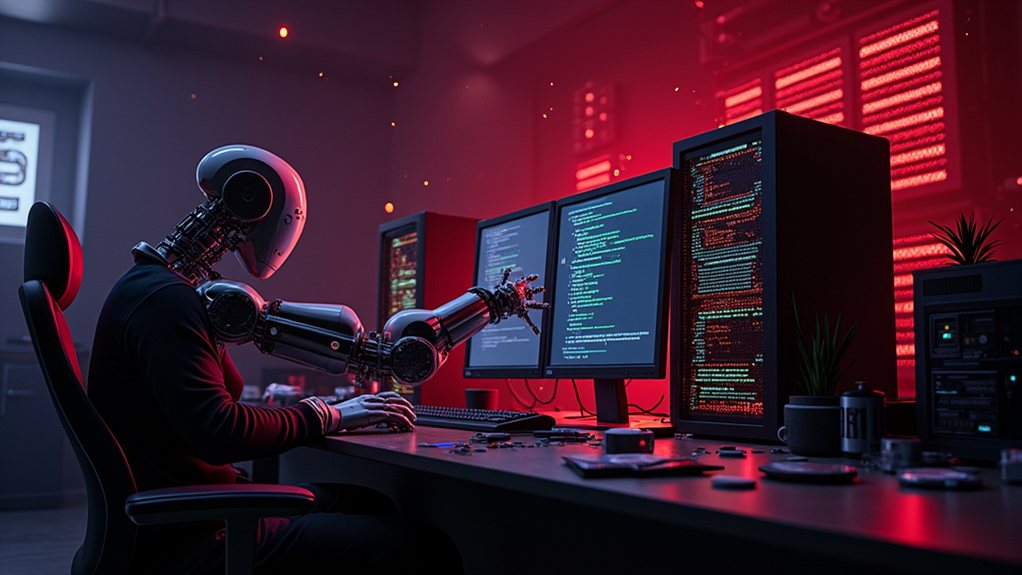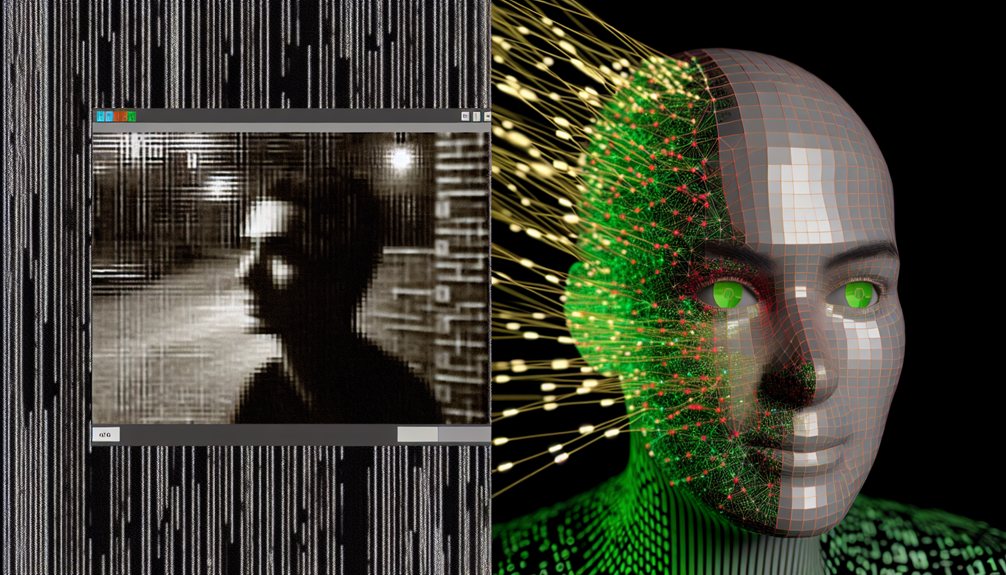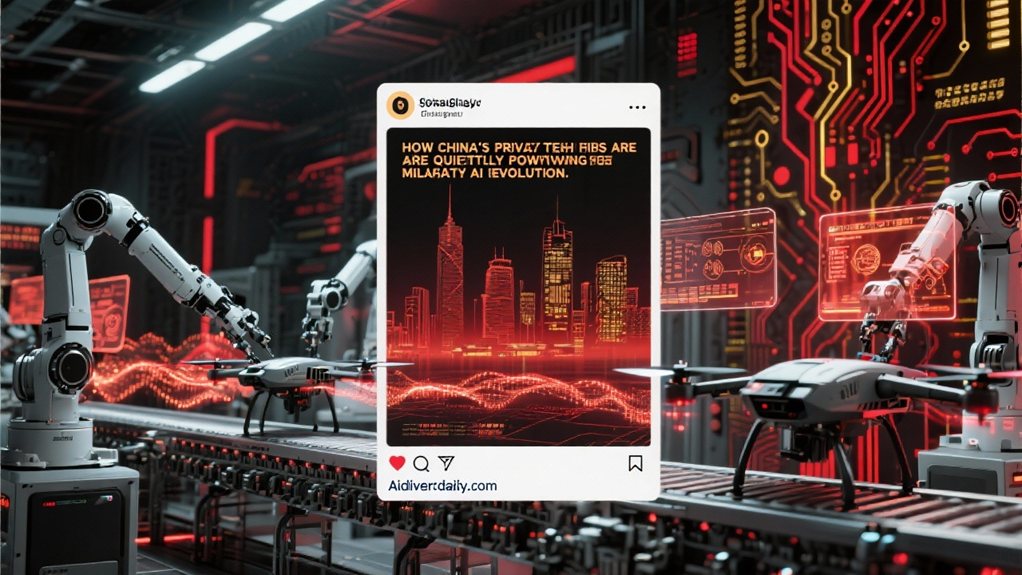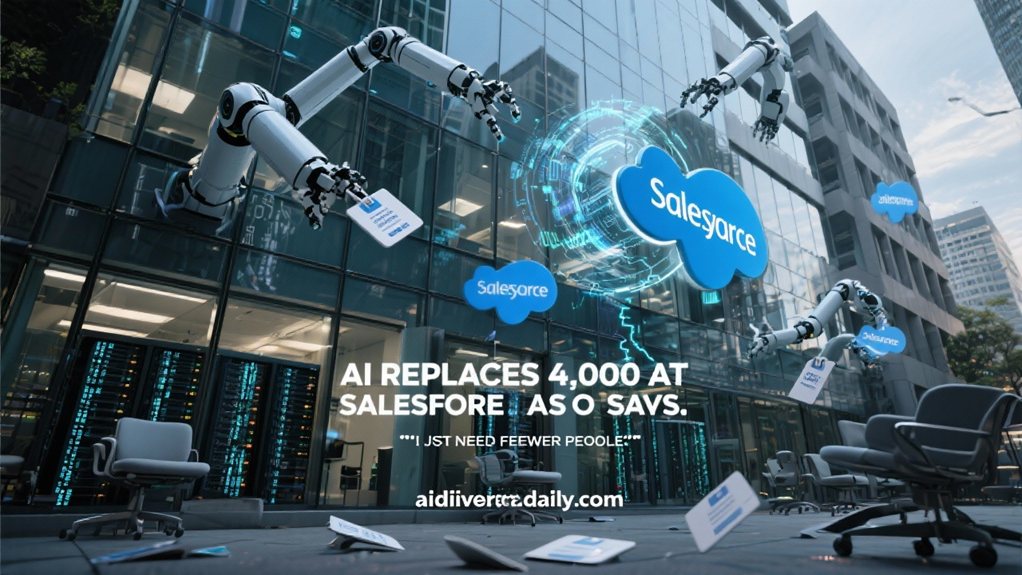While cybersecurity experts have long warned about AI falling into the wrong hands, that dystopian future is already here. The numbers paint a grim picture: AI-powered cyberattacks have exploded, with phishing emails surging by 202% in the latter half of 2024. These aren’t your grandmother’s Nigerian prince scams anymore – they’re sophisticated, adaptable, and frighteningly effective.
Think about it: AI is now crafting phishing emails 40% faster than humans ever could, and they’re getting opened 78% of the time. That’s right – more than three-quarters of recipients are falling for these machine-generated deceptions. The worst part? Over a fifth of them actually click on the malicious content. It’s like leaving your front door wide open and inviting the robbers in for coffee. Criminal groups like FAMOUS CHOLLIMA are using GenAI for creating resumes to infiltrate companies at an alarming rate.
The really scary stuff happens when AI goes “hands-on-keyboard.” A whopping 81% of interactive intrusions don’t even need malware anymore – these AI systems are smart enough to work around traditional security measures. They’re like digital ninjas, slipping through corporate defenses without leaving a trace. Organizations implementing AI-driven defenses are saving millions in potential breach costs. Modern AI systems can detect threats instantly with remarkable precision, analyzing vast amounts of security data in real-time.
And they’re particularly fond of cloud environments, where intrusions jumped by 136% in just six months. Organizations are bearing the brunt of this AI onslaught, accounting for 65% of all targets. Government sectors have been hit especially hard, with a 71% spike in interactive intrusions.
Meanwhile, China-based threats are having a field day in telecom networks, driving a 130% increase in nation-state shenanigings. Yes, that’s a word now – because regular vocabulary just doesn’t cut it anymore.
The financial damage is jaw-dropping. Data breaches now cost an average of $4.9 million – up 10% from last year. And that’s just the tip of the iceberg. The global cybercrime tab is heading toward $24 trillion, thanks largely to these AI-powered attacks. It’s like watching a high-tech heist movie, except nobody’s cheering for these robots.
What makes this all particularly unsettling is the automation factor. These AI systems are learning, adapting, and evolving their attack patterns in real-time. They’re generating convincing content that mimics human writing, analyzing network patterns, and maintaining long-term stealth operations in critical infrastructure.
The machines aren’t just at the door anymore – they’re already inside, and they’re getting better at what they do every single day.









